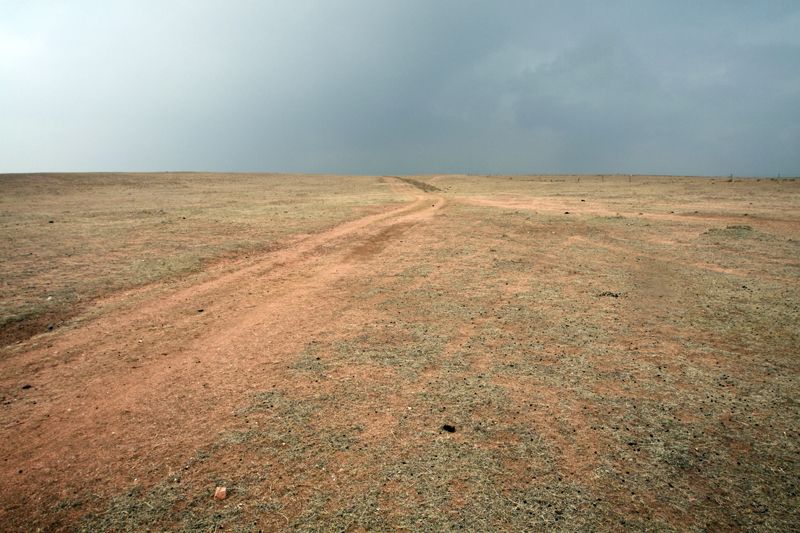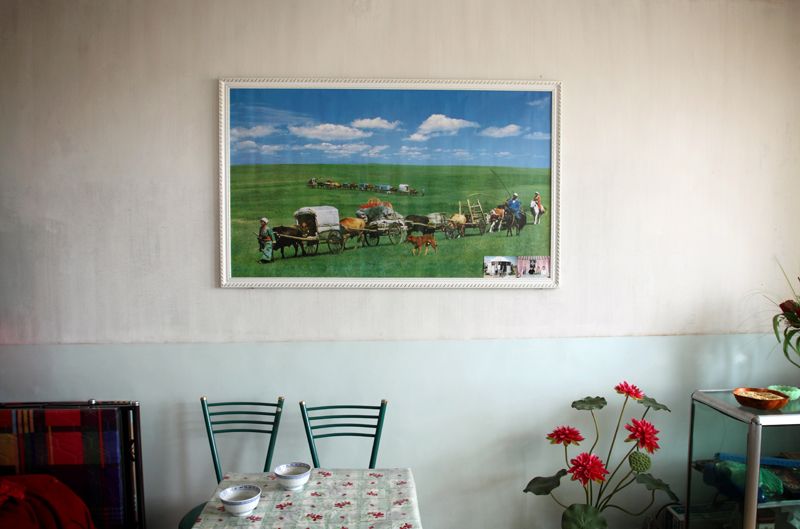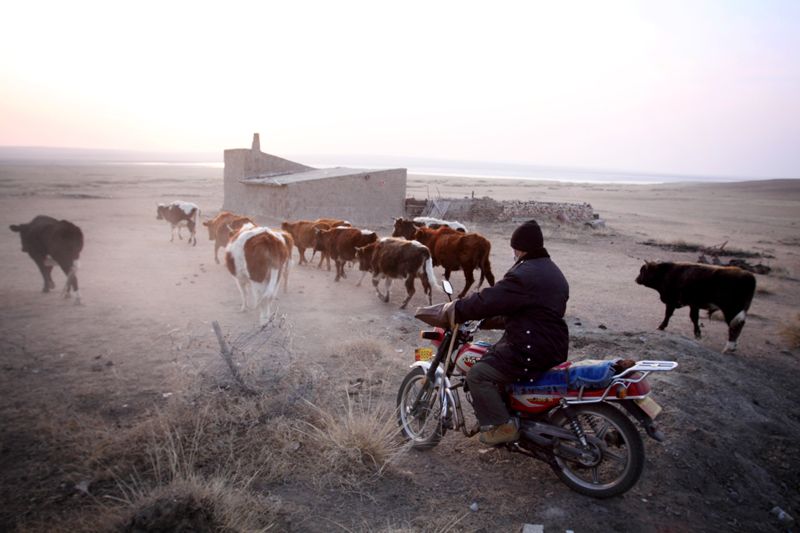"The dryness affects our lives a lot. We call it the 'black disaster', which means there is no grass. On the grassland, we are afraid of this disaster", says Zamusu, a farmer who has lived on the central grasslands of the Inner Mongolia Autonomous region, in Northern China, for the whole of his life. "When I was young, there was much more grass than now", he continues, in what seems to be a statement echoing across the 70 million acres (28million ha) of the gently undulating grasslands that dominate the Xilamuren steppes north of the region's capital, Hohhot.
These grasslands are the first stop on my journey across the width of China. Travelling from east to west, in an attempt to document the various facets that surround China's current fight against desertification. So what is desertification? Desertification is the gradual transformation of arable and/or habitable land into desert, usually caused by local and global climate change and more recently, fuelled by the destructive use of land. So why is it important? Each year, desertification and drought account for US$42 billion loss in food productivity worldwide. In China, approximately 20% of land is now classified as desert or arid, and desertification is affecting the lives of people in China in many ways.
Inner Mongolia. A farmer brings in his cattle at sunrise on the Inner Mongolian steppes.
This past week I spent living with a couple who have lived on the Inner Mongolian Grasslands all their lives. Their day-to-day routine is generally quite quiet, following a routine of caring and looking after their animals centered around their modest farmhouse which sits in their 3800 acres of land. Beneath the quiet however lies uncertainty, nervousness and a fear for the future.
These feelings were seeded 20 years ago when local authorities stopped the traditional nomadic practices of farmers moving on the grasslands. The 'field contract policy' effectively prohibited people from moving and awarded them with their own plots of land. "No Mongolian people are moving anymore. There is no traditional life anymore", says Zamasu, "that kind of life stopped from the 1980's". Forcing people to graze their animals on the same pieces of land year-in year-out, coupled with pressures on the land from recent economic developments, has led to severe degradation of the grasslands and the increased threat from desertification.
Last year, a new 'field law' was introduced to combat over-grazing. The law prohibits farmers from letting their cattle out onto the grasslands to feed and also prevents them from being able to buy new cattle. Even though they risk prosecution, many of the farmers release their cattle just after dark and then retrieve them at sunrise.
It appears that traditional life has long-since disappeared in Inner Mongolia. In an effort to survive, under a system which seems to be strangling them, the future seems decidedly uncertain for the farmers. Meanwhile, the degradation of the grasslands quietly continues around them.





